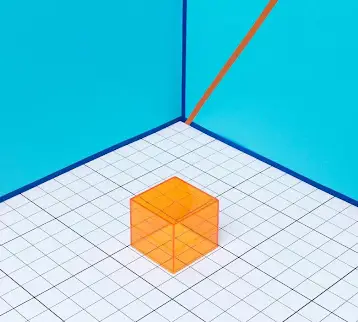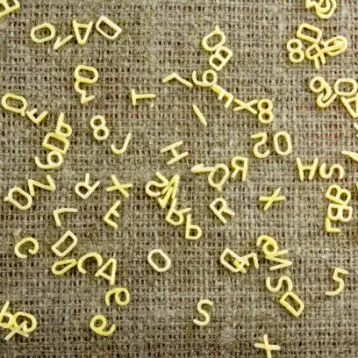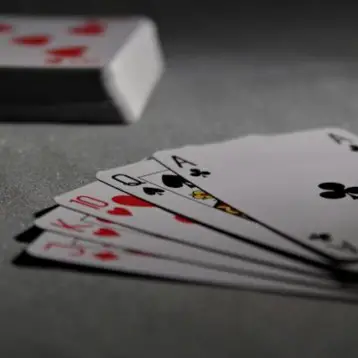The NEED mobile phone has a very unique shape, as it was designed by Koseli to be ‘pocketable’. The phone is slim and long, measuring only 20 mm in width, 140 mm in length and 5 mm in depth. According to Koseli, the idea was to create a cellular phone tailor-made for communication. Therefore, the phone does not include MP3 and video capabilities and even a camera (which is considered to be a ‘must have’ in most cell phones) was not included.
NEED has two screens, a touch-screen and an OLED-based screen. Although the touch-screen’s interface is not as sophisticated as the iPhone, it does enable the use of a stylus for basic manipulations such as storing numbers into the phone’s memory. The other screen is based on OLED technology, and can be customized to display different functions and modes, such as the phone book or the recent calls’ list. The user can easily change the display by a simple slide of the thumb.
OLEDs are solid-state devices made of thin films of organic molecules that create light with the application of electricity. An OLED display is composed of an emissive layer and a conductive layer of polymer, trapped between an anode and a cathode terminal. The polymer layers and terminal are all placed on a substrate and protected by a hermetic glass or sealed plastic cover. OLED technology has some significant advantages over existing CRT, TFT, and plasma display technologies, including a relatively simple manufacturing process. Furthermore, unlike TFT or plasma displays, OLEDs consume very little power. The display’s low power consumption will allows NEED to have a significantly longer battery life.
Although NEED is aimed towards those who love designers’ products, its marketing might fail due to its lack of video and audio features; it seems that most designers’ gadgets include high-end features, while the NEED is quite minimalistic. However, if it the phone will find its way to the market and will be suitably priced, it may be popular with customers who prefer their mobile phone to be just that.
TFOT recently covered Samsung’s Haptic SPH-W4200, a competitor to the iPhone, the Cricket, which is a wrist phone/MP3 player created by designer Blair Miller, and the cell phone bracelet, developed by designer Tao Ma. TFOT also covered Sony’s XEL-1, which is the first consumer OLED TV to be sold on the market. You can also read about Reverse Phone Lookups which can help users prevent unwanted calls.
More information on the NEED mobile phone can be found on the Behance Network website.










